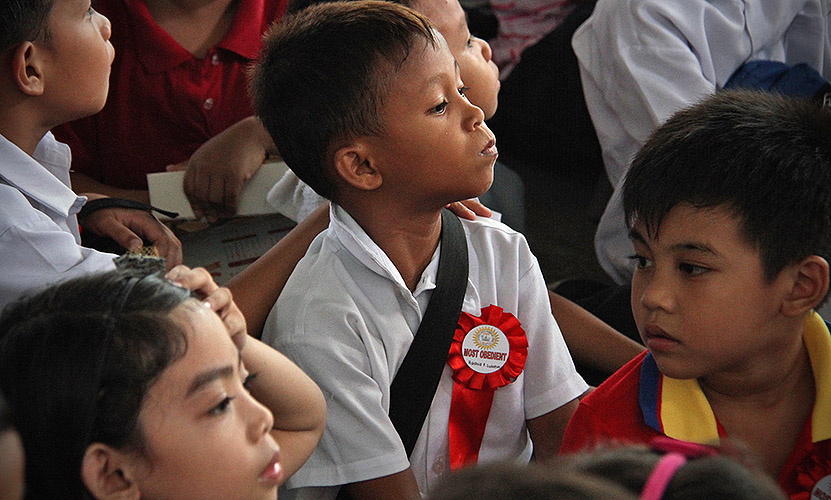Alert levels that will be assigned to local government units (LGUs) should help determine what schools should be opened after the pilot run of limited face-to-face classes, Senator Win Gatchalian proposed.
- Under the guidelines on the pilot implementation of alert levels system for COVID-19 response, there are five alert levels or quarantine classifications that may be assigned to cities or municipalities, with Alert Level 1 being the most relaxed and Alert Level 5 as the most stringent;
- In the hearing, Health Undersecretary Dr. Maria Rosario Vergeire said that it is possible to use alert levels as a basis for school opening;
- Gatchalian reiterated the need to completely vaccinate teachers and minors aged 12-17 to mitigate the risk of infection when in-person learning resumes.

“If businesses and industries can be managed by alert levels, I think school openings should also be based on alert levels. Because the concept here is to go back as normal as possible, and the alert levels give a granular approach to normalcy,” Gatchalian said during a Senate hearing on the pilot testing of limited face-to-face classes.
“Moving forward, to make it easier for everyone, just apply the alert levels as we are applying it to the business sector,” he added.
Under the guidelines on the pilot implementation of alert levels system for COVID-19 response, there are five alert levels or quarantine classifications that may be assigned to cities or municipalities, with Alert Level 1 being the most relaxed and Alert Level 5 as the most stringent. Alert levels are determined based on factors such as case counts, transmission, as well as total bed utilization and intensive care unit utilization rates.
Gatchalian shared the example of Aklan, which is currently under Alert Level 2. Out of the 59 schools that so far got the green light to participate in limited face-to-face classes, only one is from Aklan. The Department of Education (DepEd) and the Department of Health (DOH) are eyeing to have 120 schools—100 public schools and 20 private schools—to participate in the pilot test which is set to begin on November 15.
In the same hearing, Health Undersecretary Dr. Maria Rosario Vergeire said that it is possible to use alert levels as a basis for school opening. The health official clarified, however, that looking at the alert level is only the first step since schools should still pass the assessment by the DOH. Another requirement is the concurrence of LGUs on conducting face-to-face classes.
In Adopted Resolution No. 92, which Gatchalian sponsored earlier this year, the Senate recommended that the Provincial, City and Municipal School Boards assume the task of assessing and recommending whether to reopen, adopt selective school or localized lockdowns, and resume face-to-face classes in their respective localities. The decision to reopen schools or impose localized lockdowns should take into consideration local conditions and resources.
The Chairman of the Senate Committee on Basic Education, Arts and Culture also reiterated the need to completely vaccinate teachers and minors aged 12-17 to mitigate the risk of infection when in-person learning resumes.


